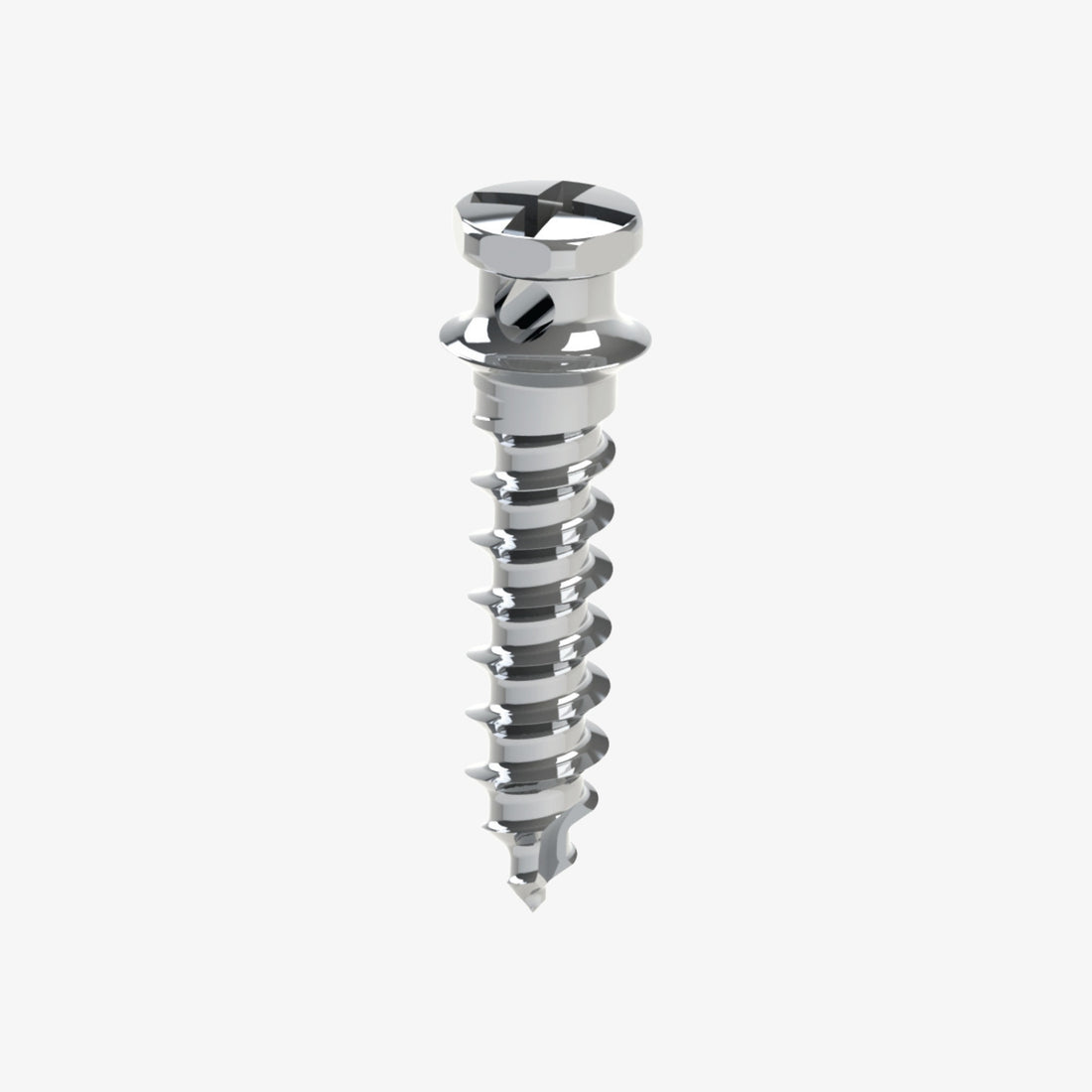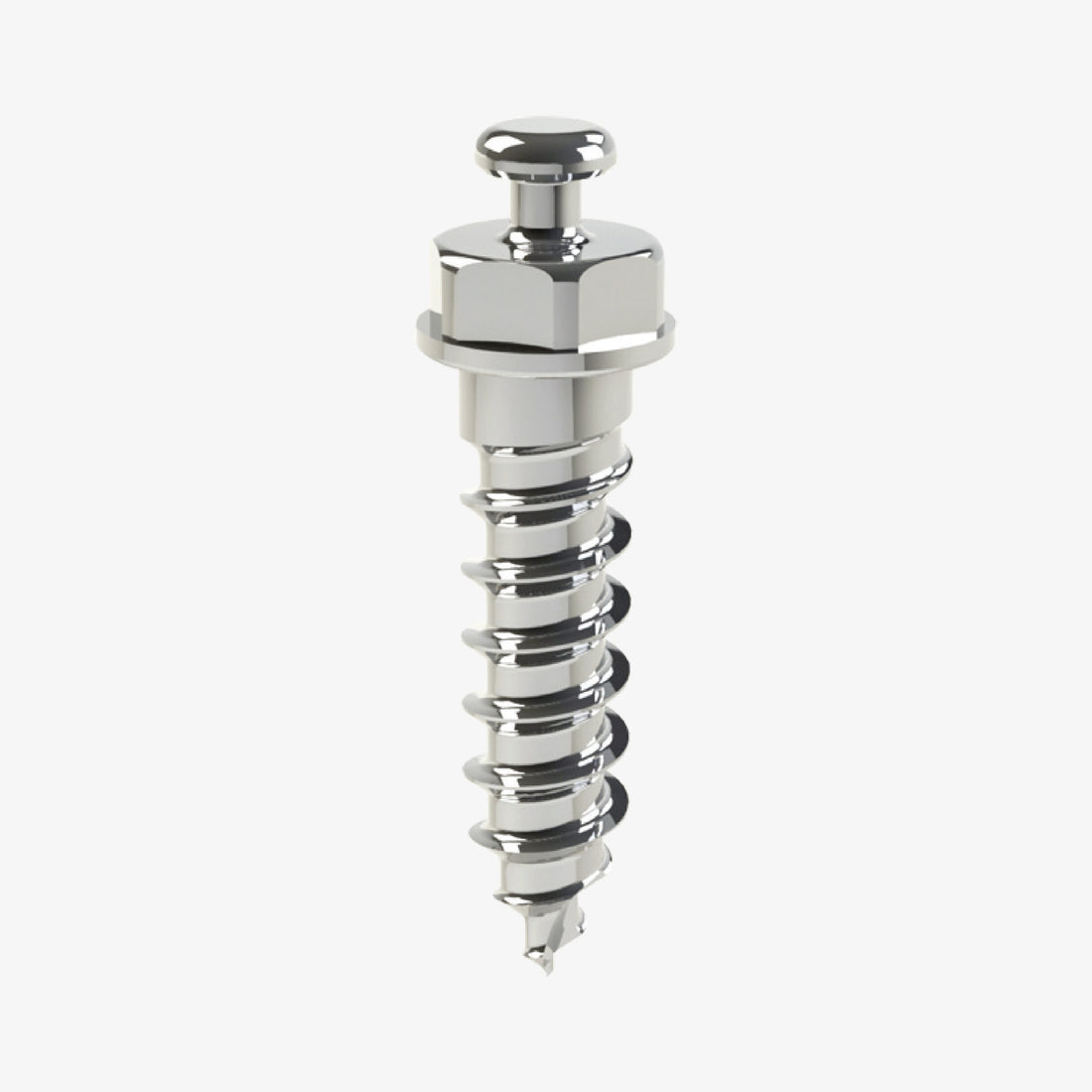Orthodontic advancements have paved the way for systems that are more efficient, patient-friendly, and clinically effective. The Triamond Orthodontic System, which utilizes a triangular slot design coupled with a self-gating mechanism, represents a significant departure from traditional edgewise systems. With its streamlined wire progression and biomechanically active clips, the Triamond system offers numerous advantages, including reduced treatment times, less friction, and enhanced patient satisfaction.
This article delves into the mechanics, benefits, and clinical applications of the Triamond Orthodontic System, providing a detailed comparison with traditional edgewise systems. It also discusses its impact on modern orthodontics and how it addresses the limitations of conventional treatment approaches.
1. Overview of Orthodontic Systems
Orthodontic treatment typically involves brackets and wires designed to align teeth and correct malocclusions. The edgewise system, introduced in the 1920s, has been the foundation of modern orthodontics for decades. However, it comes with inherent challenges, including high friction, complex wire progression, and longer treatment times.
1.1 The Edgewise System
The edgewise system features brackets with rectangular slots. Orthodontists insert a series of round and rectangular archwires into these slots to guide tooth movement and achieve treatment goals. The system is effective but has several drawbacks:
-
High Friction: The interaction between the archwire and ligatures increases friction, slowing down tooth movement.
-
Extended Treatment Time: Multiple wire changes are required, resulting in prolonged treatment.
-
Limited Biomechanical Efficiency: Edgewise brackets do not actively participate in tooth movement, relying solely on the wires for force application.
1.2 The Wedge-Wise System and Its Evolution
The Wedge-Wise System sought to address some of the limitations of the edgewise approach by introducing brackets with a triangular slot. This concept laid the groundwork for the Trond Orthodontic System, which has refined and advanced this design to deliver superior outcomes.
2. The Triamond Orthodontic System
The Triamond Orthodontic System represents a paradigm shift in orthodontics. By combining a triangular slot design with self-gating brackets, it eliminates many of the inefficiencies and side effects associated with traditional systems.
2.1 Triangular Slot Design
The cornerstone of the Triamond system is its triangular slot, which accommodates two sets of archwires:
-
Round Nickel-Titanium (NiTi) Wire: Used during the initial leveling and aligning phase. This wire allows for early malocclusion correction, enabling orthodontists to apply class II, class III, or vertical elastics right from the start.
-
16-Square Diamond-Shaped Wire: A stainless-steel wire that fits into the triangular slot, providing precise control during the final stages of treatment. Its diamond shape aligns perfectly with the slot geometry, minimizing friction and enhancing force transmission.
The triangular slot design offers several advantages:
-
Simplified Wire Progression: Only two wires are needed for the entire treatment, reducing complexity.
-
Low Friction: The unique geometry minimizes contact between the wire and bracket, allowing for smoother and faster tooth movement.
-
Efficient Force Application: The triangular slot directs forces more effectively, enabling precise control over tooth movement.
2.2 Self-Gating Mechanism
The self-gating mechanism of the Triamond bracket features a clip that actively participates in the biomechanical process. Unlike traditional self-ligating brackets, where the clip merely secures the wire, the Triamond clip enhances treatment efficiency by:
-
Reducing Friction: The clip maintains optimal pressure on the wire, minimizing resistance.
-
Enhancing Biomechanical Control: The clip works in tandem with the wire to apply consistent, light forces, promoting efficient tooth movement.
-
Improving Patient Comfort: By reducing friction and force levels, the clip minimizes discomfort during treatment.
3. Comparison Between the Triamond and Edgewise Systems
To understand the advantages of the Triamond Orthodontic System, it is essential to compare it with the traditional edgewise system across key parameters:
|
Parameter |
Edgewise System |
Triamond System |
|---|---|---|
|
Slot Design |
Rectangular |
Triangular |
|
Wire Progression |
Multiple wires (round and rectangular) |
Two wires (round NiTi and 16-square stainless steel) |
|
Friction |
High |
Low |
|
Treatment Time |
Prolonged |
Reduced |
|
Biomechanical Control |
Limited |
Enhanced (active clip participation) |
|
Patient Comfort |
Moderate |
High |
The Triamond system addresses many of the shortcomings of the edgewise system, offering a more efficient and patient-centric approach.
4. Clinical Benefits of the Triamond System
The Triamond Orthodontic System provides several clinical advantages that make it a preferred choice for orthodontists and patients alike.
4.1 Reduced Treatment Times
By simplifying wire progression and minimizing friction, the Triamond system accelerates tooth movement. Patients spend less time in braces, resulting in a more convenient treatment experience.
4.2 Enhanced Precision and Control
The triangular slot and diamond-shaped wire combination allow orthodontists to achieve precise tooth movements with fewer adjustments. This leads to better treatment outcomes and reduces the need for mid-course corrections.
4.3 Improved Patient Experience
The low-force mechanics of the Triamond system result in reduced discomfort during treatment. Additionally, the simplified wire progression minimizes chair time and the frequency of office visits.
4.4 Versatility in Treating Malocclusions
The Triamond system allows orthodontists to address class II, class III, and vertical malocclusions during the initial leveling phase. This early intervention capability sets it apart from traditional systems, where such corrections are delayed until heavier wires are introduced.
5. Challenges and Considerations
While the Triamond Orthodontic System offers numerous advantages, it is not without challenges. Orthodontists and patients should consider the following:
5.1 Learning Curve for Orthodontists
The unique design and mechanics of the Triamond system require specialized training. Orthodontists must familiarize themselves with the triangular slot geometry and the self-gating mechanism to maximize its potential.
5.2 Initial Costs
The advanced materials and technology used in the Triamond system can result in higher initial costs. However, the long-term benefits, including reduced treatment times and improved outcomes, often outweigh these expenses.
5.3 Patient Adaptation
Patients transitioning from traditional braces to the Triamond system may require some time to adapt to the new mechanics. Proper education and guidance can help mitigate this challenge.
6. The Future of Orthodontic Systems
The Triamond Orthodontic System exemplifies the ongoing evolution of orthodontic technology. As researchers and manufacturers continue to innovate, several trends are likely to shape the future:
6.1 Smart Brackets
Future brackets may incorporate sensors and digital technologies to monitor tooth movement in real time, allowing for more precise adjustments and improved treatment planning.
6.2 Advanced Materials
The development of new materials, such as bio-compatible composites and shape-memory alloys, will enhance the durability, flexibility, and efficiency of orthodontic systems.
6.3 Integration with Digital Orthodontics
The Triamond system and similar innovations are likely to integrate seamlessly with digital tools, such as 3D imaging and AI-driven treatment planning, to further optimize patient care.
Conclusion
The Triamond Orthodontic System represents a significant advancement in orthodontic treatment, offering a more efficient and patient-friendly alternative to traditional edgewise systems. With its innovative triangular slot design, self-gating mechanism, and simplified wire progression, the Triamond system addresses many of the limitations of conventional approaches. By reducing treatment times, enhancing precision, and improving patient comfort, it sets a new standard for modern orthodontics.
As orthodontic technology continues to evolve, the Triamond system is poised to play a central role in shaping the future of treatment. Its unique combination of biomechanical efficiency and patient-centric design makes it a valuable addition to the orthodontist's toolkit.
References
-
Andrews, L. F. (1972). The Edgewise Orthodontic Technique. American Journal of Orthodontics and Dentofacial Orthopedics.
-
Proffit, W. R., Fields, H. W., & Sarver, D. M. (2012). Contemporary Orthodontics. Elsevier Health Sciences.
-
Kesling, H. D. (1945). Light Wire Technique: A Biomechanical Approach. Angle Orthodontist.
-
Scholz, R. P. (2018). Orthodontic Systems and Their Evolution: A Comprehensive Review. Journal of Clinical Orthodontics.
-
Clark, D. (2021). Friction and Force Distribution in Modern Orthodontics: Innovations in Bracket Design. International Journal of Orthodontics.












 0745 100 497
0745 100 497


